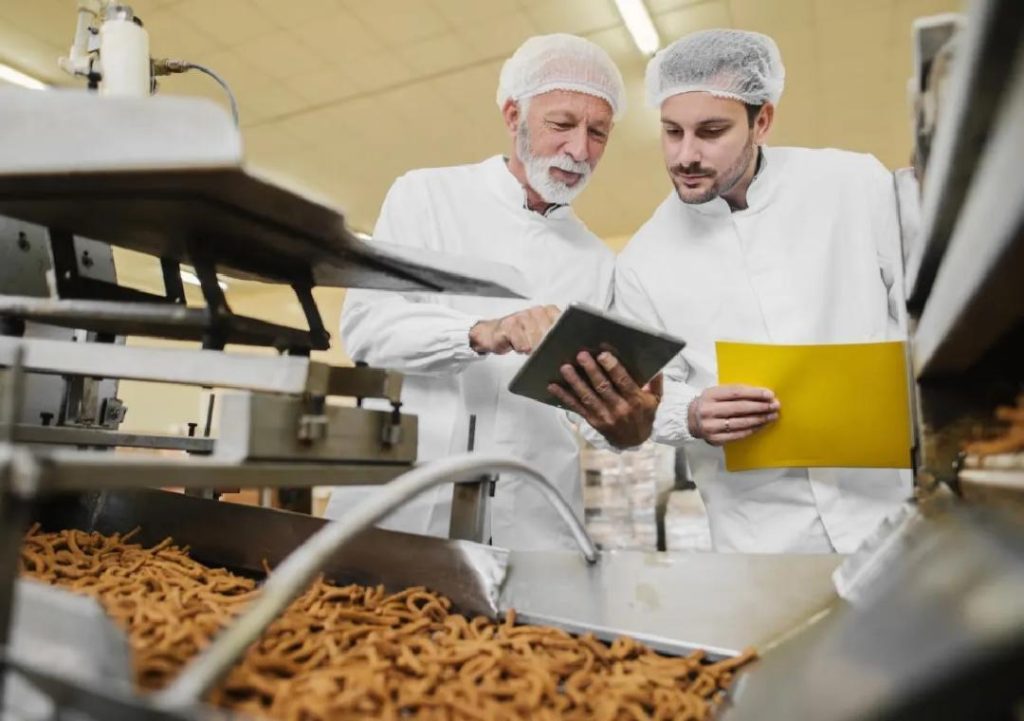
Can P&L Optimisation Redefine Success in Food Technology?
The food technology industry has seen a significant shift in recent years, with companies prioritising profitability and sustainability over traditional measures of success. One key area that has emerged as a crucial factor in achieving this goal is Profit and Loss (P&L) optimisation. By leveraging automation, smart inventory systems, and data analytics, food technology companies are streamlining their P&L operations, cutting waste, sharpening demand forecasting, and supporting better decisions.
In this article, we’ll explore the importance of P&L optimisation in food technology, the benefits it brings, and how companies can adopt scalable models to boost margins, ensure sustainable growth, and stay competitive in the industry.
The Challenges of P&L Management in Food Technology
Food technology companies face unique challenges when it comes to managing their P&L. The industry is characterised by fluctuating demand, limited shelf life, and highly perishable products, making it difficult to predict sales and manage inventory. Traditional P&L management methods, such as manual tracking and spreadsheets, are often inadequate for the complexity and pace of the food technology industry.
The Role of Automation in P&L Optimisation
Automation is a key factor in P&L optimisation, allowing companies to streamline their operations, reduce waste, and make data-driven decisions. Automated systems can:
- Monitor inventory levels and automatically generate orders when stock levels reach a certain threshold
- Track sales and adjust production schedules accordingly
- Identify areas of waste and inefficiency, and provide recommendations for improvement
- Analyse sales data to identify trends and patterns, and inform marketing and pricing strategies
Smart Inventory Systems: A Game-Changer for Food Technology Companies
Smart inventory systems are another crucial component of P&L optimisation. These systems use data analytics and machine learning to optimise inventory levels, reduce waste, and improve supply chain efficiency. Smart inventory systems can:
- Predict demand and adjust inventory levels accordingly
- Identify slow-moving or dead stock, and provide recommendations for clearance or disposal
- Track inventory levels in real-time, and alert suppliers or logistics providers to any discrepancies
- Provide insights into customer purchasing patterns, allowing companies to adjust their inventory and marketing strategies accordingly
Data Analytics: The Key to Better Decision-Making
Data analytics is the backbone of P&L optimisation in food technology. By leveraging data analytics, companies can gain a deeper understanding of their operations, identify areas for improvement, and make data-driven decisions. Data analytics can be used to:
- Analyse sales data and identify trends and patterns
- Track inventory levels and adjust production schedules accordingly
- Monitor waste and inefficiency, and provide recommendations for improvement
- Inform marketing and pricing strategies, and track the effectiveness of promotional campaigns
Scalable Models for Sustainable Growth
To achieve sustainable growth, food technology companies need to adopt scalable models that can be replicated and expanded as the business grows. Scalable models should:
- Be flexible and adaptable to changing market conditions
- Be data-driven, using analytics and insights to inform decision-making
- Prioritise efficiency and waste reduction, using automation and smart inventory systems to streamline operations
- Focus on building a strong brand and customer relationships, using data analytics to inform marketing and pricing strategies
Conclusion
P&L optimisation is a key factor in achieving success in the food technology industry. By leveraging automation, smart inventory systems, and data analytics, companies can streamline their operations, reduce waste, and make data-driven decisions. To achieve sustainable growth, food technology companies need to adopt scalable models that can be replicated and expanded as the business grows. By prioritising P&L optimisation, companies can boost margins, ensure sustainable growth, and stay competitive in the industry.
Source:
https://www.growthjockey.com/blogs/p-and-l-operations-in-food-tech
Note: The source article provided is a great resource for further reading and learning about P&L optimisation in the food technology industry.






